On July 28, 1976, a magnitude 7.8 earthquake hit Tangshan City, Hebei Province, China, killing 240,002 people and wiping out over 7,000 families.
For 35 years, people in China have held a memorial service each year on July 28 to mourn the people that died in the earthquake. Many people have also been trying to learn from the disaster, in the attempt to prevent future tragedies like it from happening again.
International scholars and citizens of China contended that the Tangshan earthquake was a natural disaster, exacerbated by human factors—and certain facts about it have been concealed for many years.
When it was close to the 30th anniversary of the earthquake at the end of 2005, Chen Jianmin, chief of the China National Seismological Bureau, admitted during a media session that the probability of an earthquake occurring had been kept from the public.
Before the earthquake in Tangshan, three seismological monitoring organizations, including Majiahe Seismic Center at Kailuan Mine, Beijing City Seismic Bureau, and Tangshan City Seismic Office, had noticed seismological changes with good precision. All three organizations reported their findings to the National Seismological Bureau and urged that disaster prevention action measures be started. But Communist Party leaders ignored the warnings.
However, not one person in Qinglong County, which is 115 kilometers (71.5 miles) from Tangshan City, died because of the earthquake, because Ran Guangqu, the county head, issued a warning that an earthquake would soon occur, started earthquake preparedness activities, and made necessary evacuations. Unfortunately for Ran, he was not praised or promoted for his actions. Instead, for 29 years, he was ordered to not talk about anything related to the disaster.
In his 2006 memoir Li Shengtang, an airport dispatcher at the Tangshan Air Force base at the time, stated that prior to the earthquake, the air force had warned that a major earthquake was likely to occur. They duly disseminated earthquake preparedness information.
If the public had been warned about the possibility of a major earthquake occurring, it could have reduced the loss of life in the 1976 Tangshan earthquake. But the Chinese Communist Party (CCP) leaders were busy with political activities and withheld the information.
They also refused international aid after the quake for the purpose of promoting their political ideology.
On July 28, 2011, earthquake memorial day, People’s Daily Online and local media repeated the annual propaganda that praised the CCP’s disaster relief efforts and their rebuilding of Tangshan City.
The first relief team to arrive at the scene was 3,000 officers and soldiers from the ground forces of the naval airforce. The group lacked a knowledgeable commander that could direct the relief effort, and was short of rescue equipment and tools. Instead, they broadcasted Mao’s “determination, sacrifice, and surmount all difficulties to achieve victory.” Sadly, by putting politics first, 2,955 officers and soldiers died. This shortsightedness almost annihilated the entire relief team.
The internet writer Yan Shi (a pen name which means “rock”) wrote: “Right after the Tangshan earthquake, the Chinese Communist Party did not make relief work a top priority and instead concentrated on ‘promoting politics.’ Even the ‘People’s Daily’ also emphasized the necessity of ‘denouncing Deng’ to promote the earthquake relief work and that with a revolutionary spirit human beings can conquer nature.”
In his book titled “The National Seismological Bureau after the Tangshan Earthquake,” Chinese journalist Qian Gang writes: “The starving rescue workers stood in long, long lines for food rations … Liu Zhanwu, the analysis team leader of the Tangshan seismological station lay in a heap of corpses with a fractured humerus and wrapped in a rain-soaked quilt for three days; the pain was so intense that he could not utter a word. On the third day, he struggled to get up and be carried to an army medical team, where he was placed in the long waiting line of the injured.”
This was the “all-out relief” as practiced in China in 1976.
On May 12, 2008, 30 years after the Tangshan earthquake, a magnitude 8 earthquake hit the Wenchuan area of Sichuan Province.
Geng Qingguo, a researcher at the China Seismological Bureau, accurately forecast the Tangshan earthquake 30 years ago; but due to a power struggle within the Communist Party at that time, his forecast was deliberately withheld for the sake of “political stability.”
What Geng Qingguo failed to predict was that the same tragedy would happen again years later. As early as 2006, Geng used his theory of “the relationship between drought and earthquakes,” to accurately forecast the magnitude 7 earthquake that occurred in the Aba area of Sichuan.
Such an important report, which could have saved tens of thousands of human lives, was shelved in the filing cabinet of the Seismological Bureau. The political slogan of “protecting Olympics and political stability” overrode earthquake concerns.
Also in 2006, a group of researchers at Shaanxi Normal University forecast that a strong earthquake would hit the area in 2008, but that was not investigated further.
Read the original Chinese article.
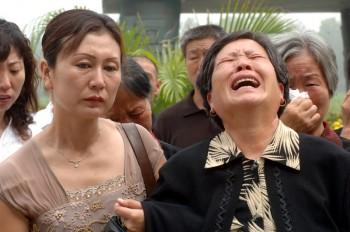
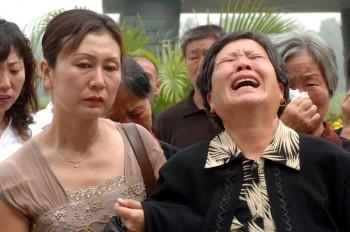
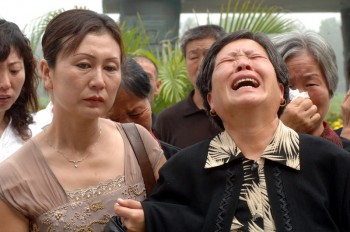


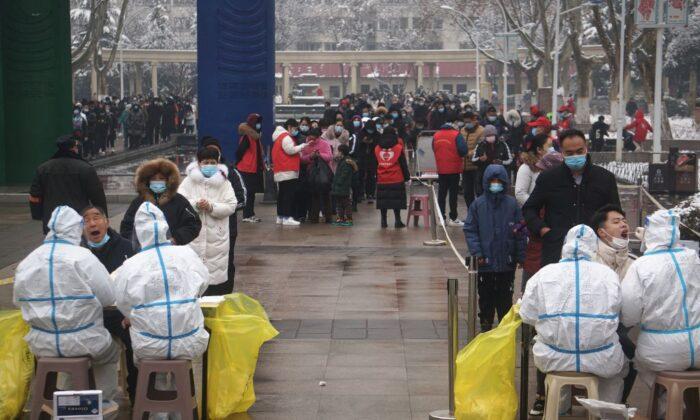
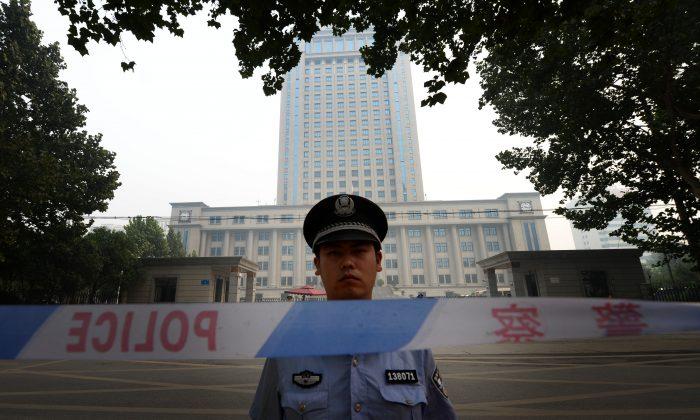
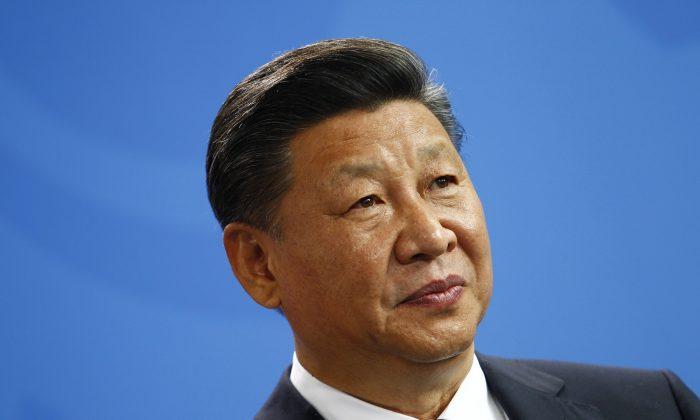
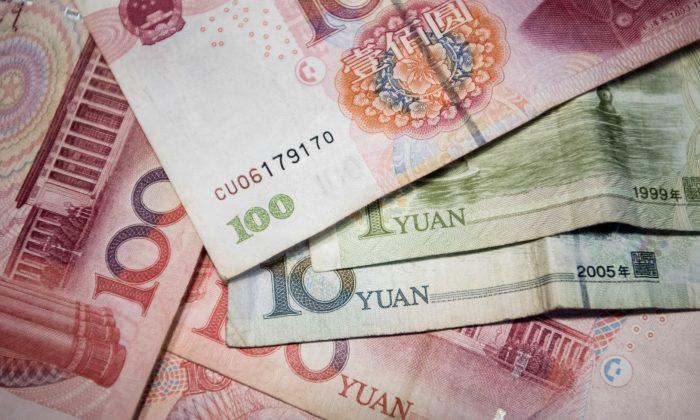
Friends Read Free